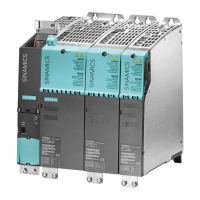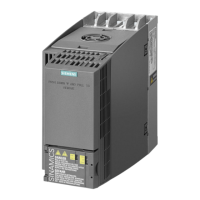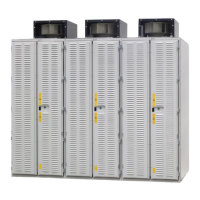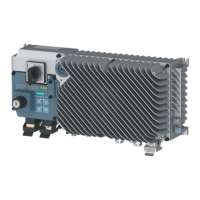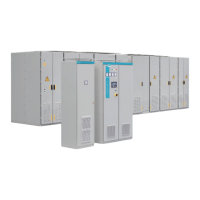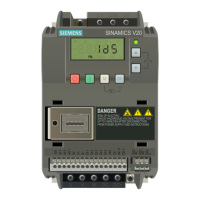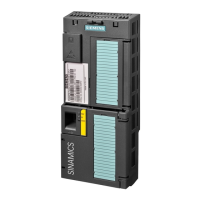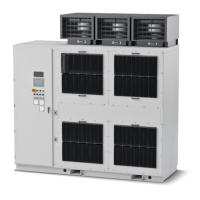Safety Integrated Extended Functions
6.7 Safely-Limited Speed (SLS)
Safety Integrated
92 Function Manual, 05/2010, A5E03264275A
6.7 Safely-Limited Speed (SLS)
6.7.1 General description
The Safely-Limited Speed (SLS) function is used to protect a drive against unintentionally
high speeds in both directions of rotation. This is achieved by monitoring the current drive
speed up to a speed limit.
Safely-Limited Speed prevents a parameter-assigned speed limit from being exceeded.
Limits must be specified based on results of the risk analysis. Up to 4 different SLS speed
limits can be assigned via parameter p9331[0 to 3]/p9531[0 to 3].
Changeover of speed limits
The switchover is executed binary-coded via two F-DIs or two PROFIsafe control bits. The
speed selection status can be checked using parameters r9720.9/r9720.10. Parameters
r9722.9 and r9722.10 indicate the actual speed limit, bit r9722.4 must carry a "1" signal.
Table 6- 1 Changeover of speed limits:
F-DI for bit 1 (r9720.10) F-DI for bit 0 (r9720.9) Speed limit SLS level
0 0 p9331[0]/p9531[0] 1
0 1 p9331[1]/p9531[1] 2
1 0 p9331[2]/p9531[2] 3
1 1 p9331[3]/p9531[3] 4
The changeover from a lower to a higher speed limit takes effect without any delay.
The changeover from a higher to a lower limit triggers a delay time which can be set at the
corresponding parameter (p9351 and p9551).
CAUTION
SLS level 1 must be defined as the lowest speed limit value.
SLS level 1 is activated after two unacknowledged discrepancy errors; in other words, 0 is
the fail-safe value for the 2 F-DIs for speed level selection. The SLS levels to be switched
between should, therefore, always be assigned via parameter in ascending order, i.e. with
SLS level 1 as the lowest speed and SLS level 4 as the highest.
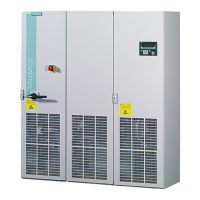
